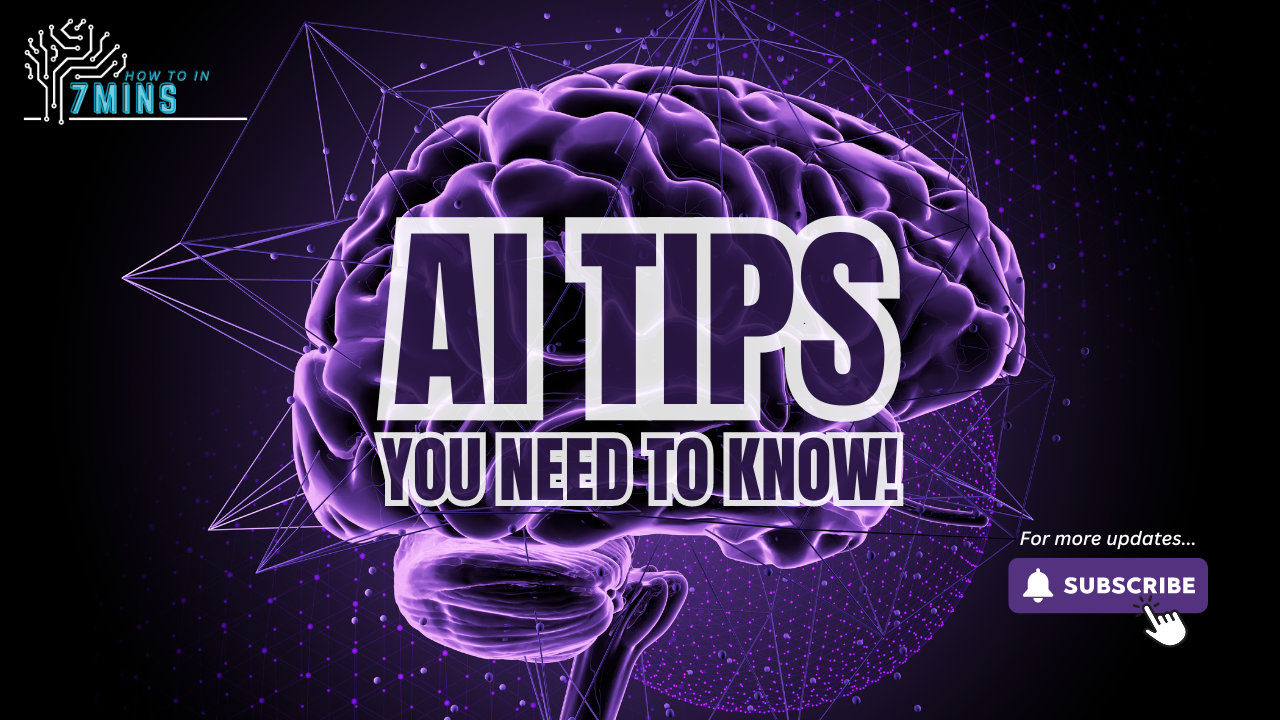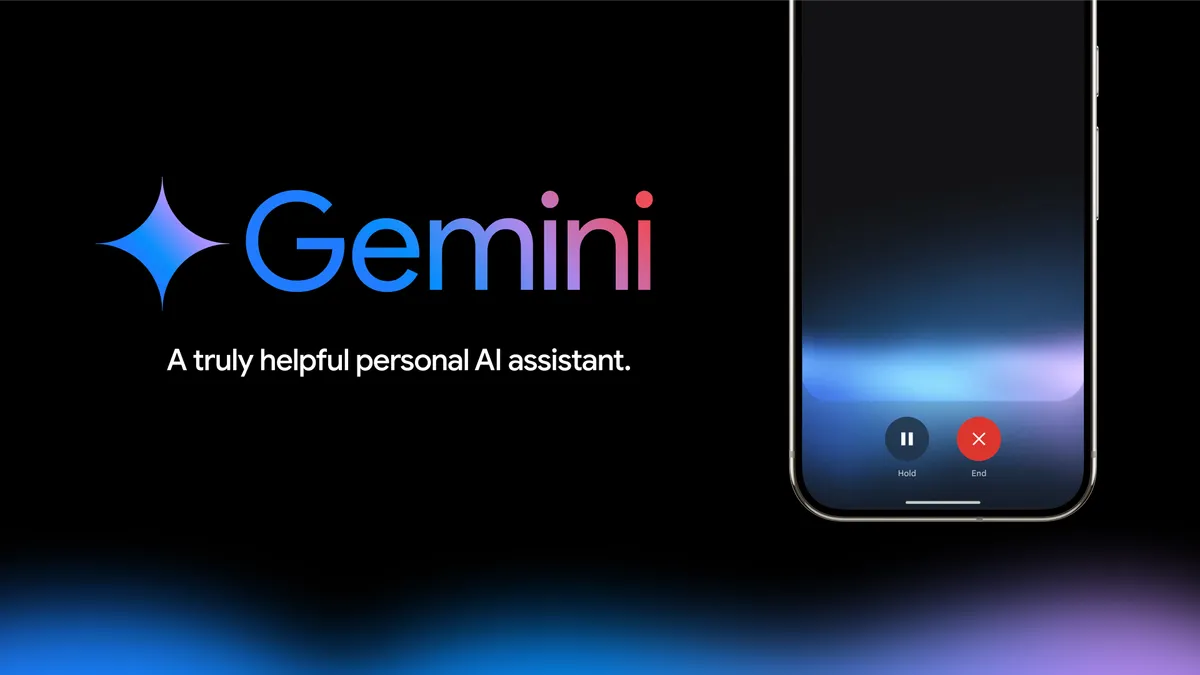OpenAI o1-preview: A Detailed Analysis
Join us at How To In 7 Mins as we dive into the functionalities and features of the all-new OpenAI o1-preview!
Robert
·

OpenAI has recently introduced the “o1-preview,” generating considerable excitement in the AI community. As a startup focused on large language models (LLMs), we sought to evaluate the capabilities of this new model across different tasks, including reasoning, math, coding, and creative writing. After thorough testing, here are key insights and observations regarding its performance.
1. Reasoning: A Standout Performance The o1-preview excels in logical reasoning, surpassing previous models in this aspect. Its strength lies in its native chain of thought (CoT) mechanism, which facilitates coherent, logical processing of information. For example, when tasked with counting words and letters in prior responses, the model produced accurate results consistently—outperforming both GPT-4o and Sonnet 3.5, which struggled with similar queries. The ability to analyze requests in real time highlights the model's sophisticated reasoning capabilities. 2. Mathematics: Precision and Reliability Math presents a natural extension to reasoning, and the o1-preview performs exceptionally well in this area. During testing, it displayed accuracy in calculations and problem-solving, consolidating its reputation as the leading choice for mathematical and scientific inquiries. The model effectively tackled complex equations and logic puzzles, further establishing its proficiency in this domain. 3. Coding: Unexpected Limitations Conversely, the o1-preview was unexpectedly underwhelming in its coding performance. While reasoning and mathematical capabilities soared, programming tasks revealed occasional inefficiencies. The model seemed to falter in deploying succinct and effective coding solutions, which may suggest that an overemphasis on logical reasoning might detract from its coding aptitude. Continued development and user feedback may help address these limitations in future iterations. 4. Creative Writing: Room for Improvement In terms of creative writing, the o1-preview did not meet our expectations. While it displayed a degree of creativity, it still exhibited tendencies toward the repetitive and formulaic "GPT-speak," which can hinder the flow of natural language generation. Alternatives in the market may offer more compelling results for creative tasks, signaling a need for refinements in this area.
Observations on the Native Chain of Thought (CoT) Capability
The CoT capability integrated into the o1-preview reflects significant improvements in overall reasoning ability. However, there were instances where the model failed to provide conclusive answers, despite following a logical process. This inconsistency raises questions about the model's reliability.
Additionally, the CoT mechanism does not appear to collapse under pressure; it maintains coherence throughout reasoning tasks—a notable enhancement compared to its predecessors.
Final Thoughts
In summary, the OpenAI o1-preview demonstrates remarkable advancements in reasoning and math capabilities, solidifying its place as an effective tool for logical and analytical tasks. However, challenges remain in coding and creative writing domains. Overall, its ability to engage in coherent thought processes is commendable, indicating a promising future for refinement and enhancement. As we continue to explore this model, we remain optimistic about its potential to elevate AI applications in diverse fields.
More Videos

5 Awesome Google Gemini Prompts to Try This Weekend
As the weekend approaches, many of us find ourselves searching for engaging activities to fill our free time.
Robert

8 Real World Incidents Related to AI
Since the public release of ChatGPT in late 2022, there have already been several incidents that have made it to the headlines
Robert